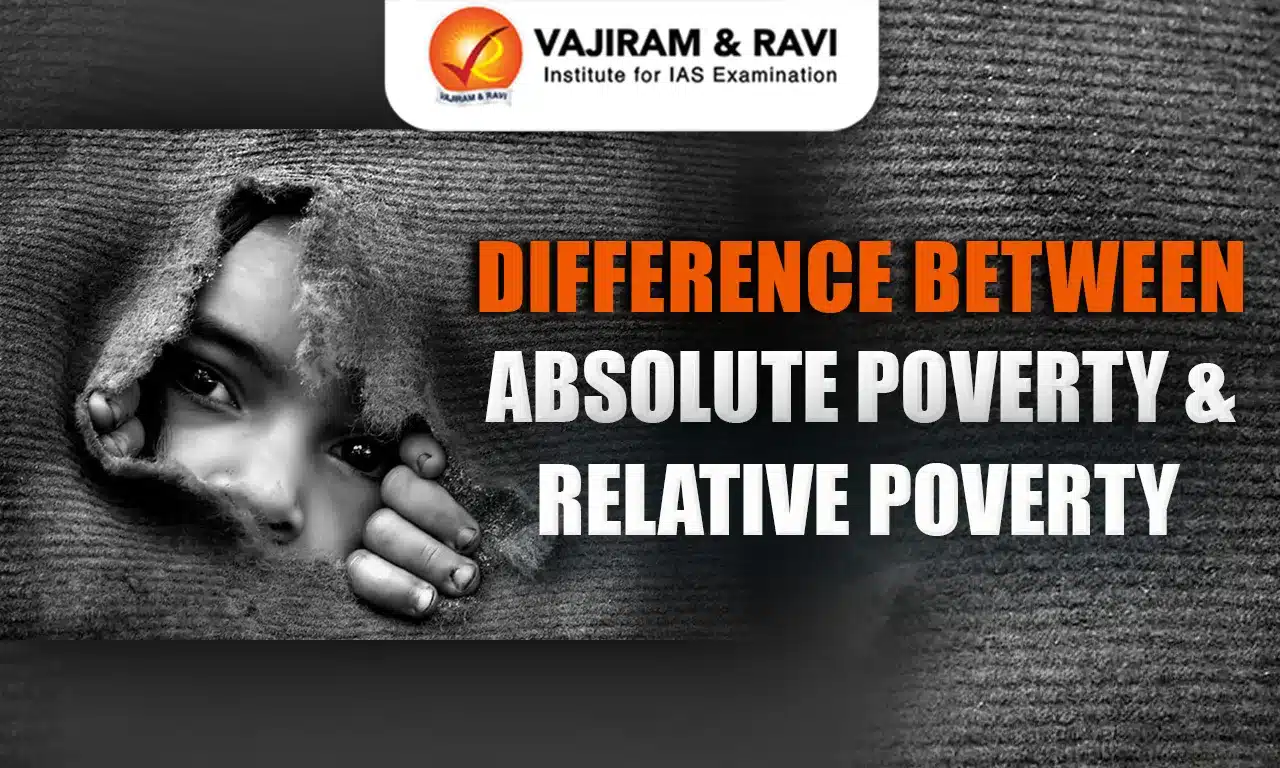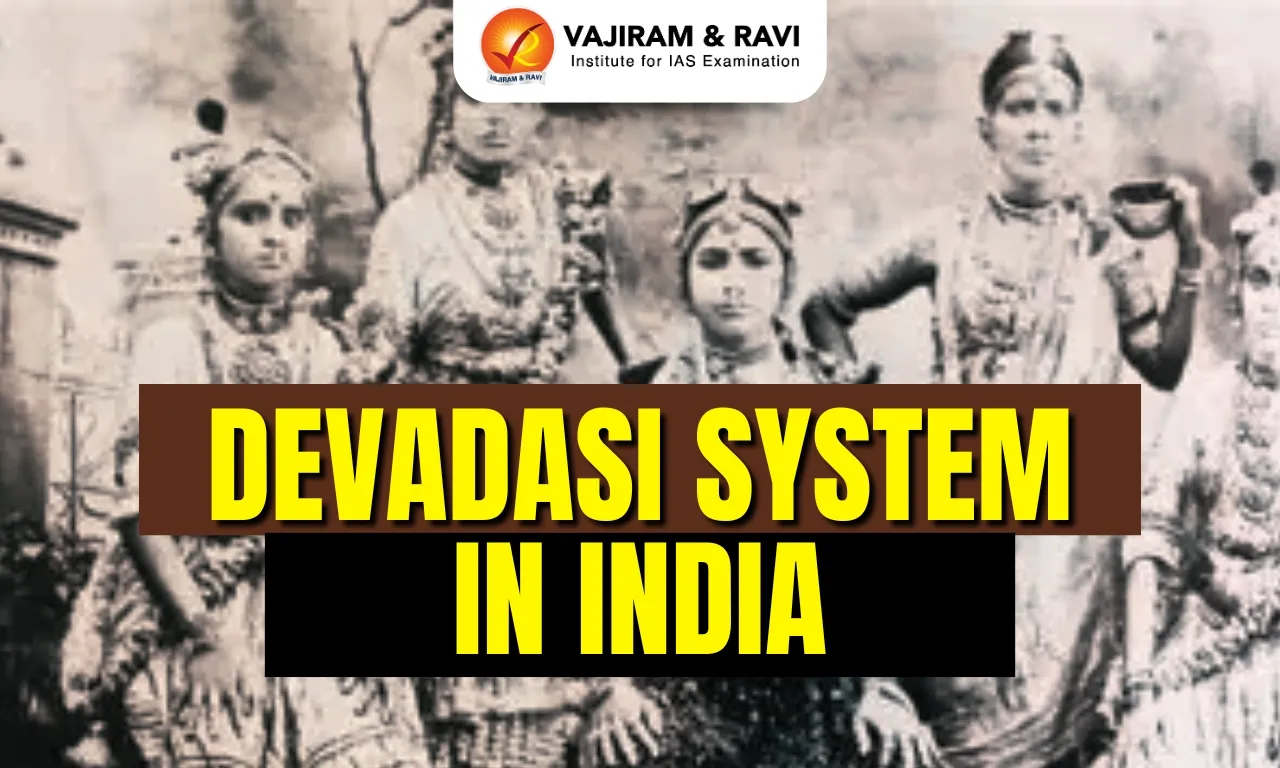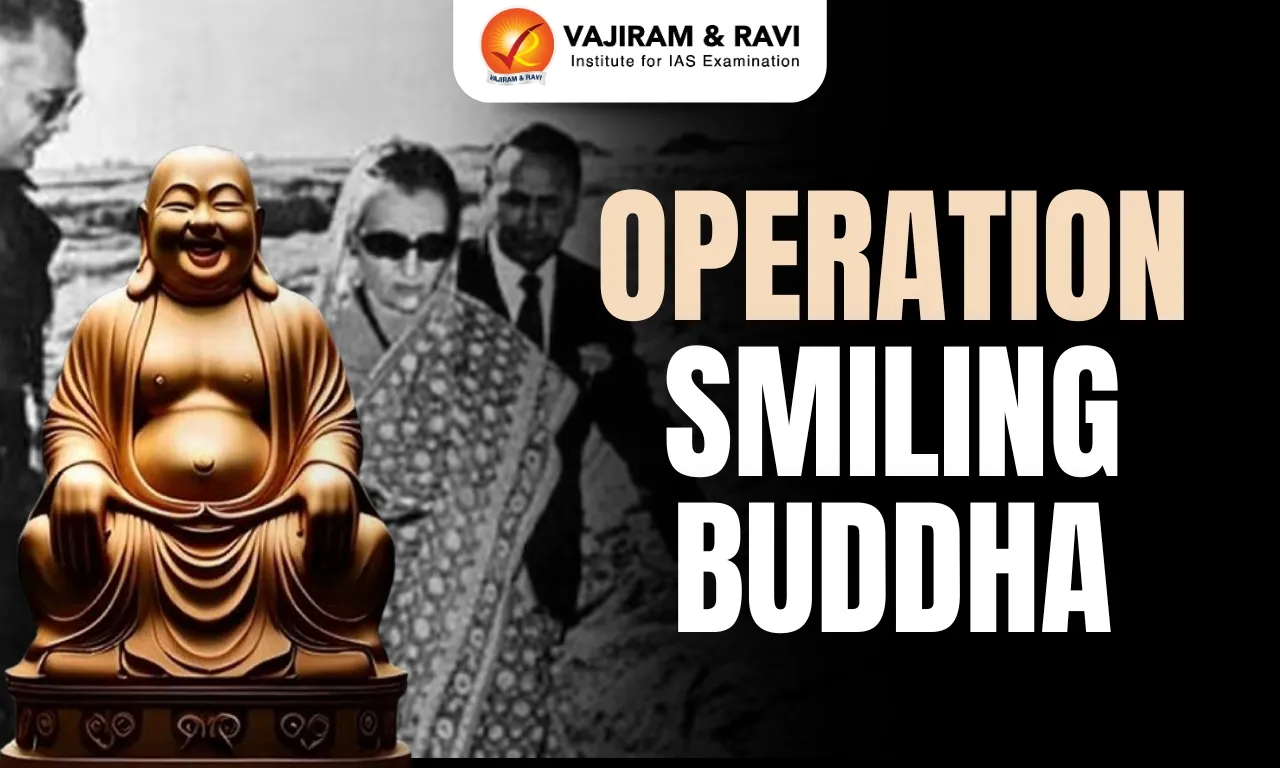Poverty is a critical global issue that lacks a universally accepted definition. However, it is commonly understood as a condition in which individuals or communities are unable to meet the basic necessities required for a dignified life, such as adequate food, clothing, shelter, education, and healthcare. The two most commonly used concepts are Absolute Poverty and Relative Poverty. While both refer to the lack of economic resources, they differ in how this lack is measured and understood in various contexts. Understanding these two types of poverty is crucial to designing appropriate economic and social policies.
Absolute Poverty
Absolute Poverty refers to a condition in which an individual cannot meet the most fundamental human needs such as adequate food, clothing, shelter, clean water, sanitation, and healthcare. It signifies a severe level of deprivation that threatens basic survival. As per the World Bank, absolute poverty is identified when people live on less than US$0.90 per day (based on 2011 prices), lacking access to essential resources for a minimal standard of living. Individuals in this category face extreme hardships and are unable to lead a life with dignity or security.
Key Features
- Measured using specific income levels (e.g., $2.15/day as per World Bank 2023 standard).
- Focuses on minimum survival needs.
- The threshold remains constant over time, regardless of economic conditions in society.
- Common in developing or underdeveloped countries.
- Also known as extreme poverty.
Relative Poverty
Relative poverty refers to a condition where an individual’s income is significantly lower than the average income in their country, making it difficult to maintain a standard of living considered acceptable by society. It is measured in relation to the median income typically, if a person earns less than 50% of the national median household income, they are classified as living in relative poverty. This benchmark varies across countries, depending on their overall income levels and cost of living. Unlike absolute poverty, relative poverty highlights income inequality and social exclusion within a specific economic context.
Key Features
- Measured relative to the median income of a population.
- Indicates social exclusion and inequality.
- Varies across countries and over time.
- More relevant to developed or high-income countries.
- Associated with inequality, not just survival.
Differences Between Absolute Poverty and Relative Poverty
The table below includes Differences Between Absolute Poverty and Relative Poverty for the comparative analysis:
| Differences Between Absolute Poverty and Relative Poverty | ||
|
Aspect |
Absolute Poverty |
Relative Poverty |
|
Definition |
Inability to meet basic survival needs |
Inability to maintain the average standard of living in society |
|
Measurement |
Fixed income threshold (e.g., $2.15/day by World Bank) |
Based on median income in a society |
|
Standard |
Universal and unchanging over time |
Varies between societies and changes over time |
|
Focus |
Basic human needs like food, shelter, water, and health |
Social inclusion, inequality, and living standards |
|
Relevant Regions |
Developing and least developed countries |
Developed and high-income countries |
|
Purpose |
Measures survival threshold |
Measures inequality and social exclusion |
Key Points to Remember
- Absolute Poverty is about survival, whereas Relative Poverty is about dignity and equality.
- The World Bank’s poverty line helps track absolute poverty globally.
- Relative poverty lines are different across countries; for example, in the EU, it’s defined as 60% of the national median income.
- Policy interventions also differ: absolute poverty calls for humanitarian aid; relative poverty requires welfare and redistributive programs.
Last updated on December, 2025
→ Check out the latest UPSC Syllabus 2026 here.
→ Join Vajiram & Ravi’s Interview Guidance Programme for expert help to crack your final UPSC stage.
→ UPSC Mains Result 2025 is now out.
→ UPSC Notification 2026 is scheduled to be released on January 14, 2026.
→ UPSC Calendar 2026 is released on 15th May, 2025.
→ UPSC Prelims 2026 will be conducted on 24th May, 2026 & UPSC Mains 2026 will be conducted on 21st August 2026.
→ The UPSC Selection Process is of 3 stages-Prelims, Mains and Interview.
→ UPSC Result 2024 is released with latest UPSC Marksheet 2024. Check Now!
→ UPSC Toppers List 2024 is released now. Shakti Dubey is UPSC AIR 1 2024 Topper.
→ Also check Best IAS Coaching in Delhi
Differences Between Absolute Poverty and Relative Poverty FAQs
Q1. What is the main difference between absolute and relative poverty?+
Q2. Which type of poverty is more common in developed countries?+
Q3. How does the World Bank define absolute poverty?+
Q4. Can a person experience both absolute and relative poverty?+
Q5. Why is relative poverty considered important in social policy?+
Tags: differences between absolute poverty and relative poverty

















